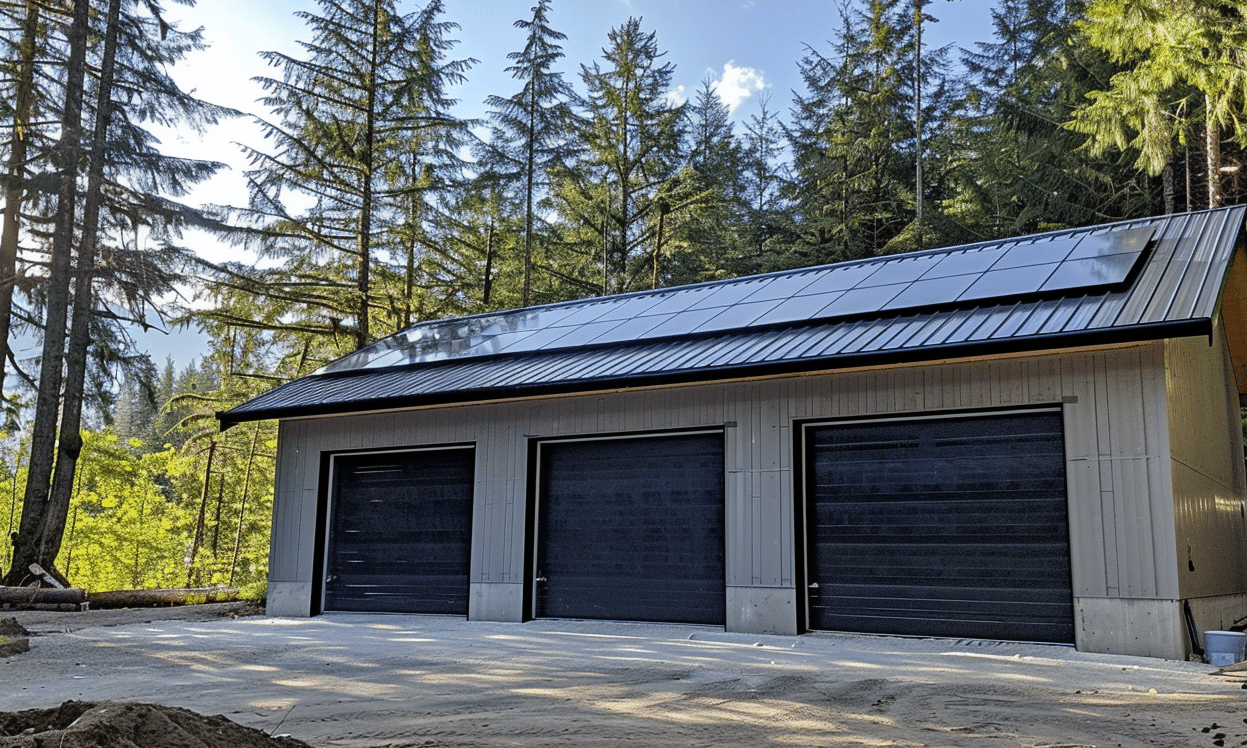Exploring the construction market analysis landscape can feel like navigating a maze with constantly shifting walls. You’re in good company if you’ve glanced at recent headlines about the construction industry and felt unsure of what tomorrow may bring. The dynamic nature of the construction sector means staying informed is more crucial than ever. With intricate variables at play, such as economic shifts, technological advancements, and environmental considerations, understanding the market has never been more critical.
Understanding Key Drivers in the Construction Market
What makes the construction industry tick? At its core, the construction market is driven by factors like economic health, population growth, technological innovations, and urbanization trends. An uptick in population leads to a crucial juncture where the need for new infrastructures, such as housing, schools, and hospitals, intensifies. This relationship becomes even more apparent when you consider the advances in modern building materials, leading to more sustainable and cost-effective construction methods.
Economically, when consumer confidence and investment levels are high, the construction industry booms. Conversely, stagnation can occur during economic downturns, affecting everything from housing demands to commercial projects. Meanwhile, technology is reshaping the industry’s landscape. With emerging technologies like Building Information Modeling (BIM) and drones providing unprecedented precision and efficiency, the construction sector is on the verge of a digital renaissance.
Regional Variations and Unique Challenges
The global construction market does not operate in a vacuum. It is subject to regional variations, each with unique challenges and opportunities. If we look at the global construction market insights, we notice significant differences. For instance, while North America might be focusing on technological integration, Asia might be more engrossed in meeting the infrastructural demands of their burgeoning urban centers.
In Canada, specifically, the construction industry is deeply influenced by its vast geography and varied climate, posing both challenges and opportunities unique to its landscape. According to Statistics Canada – Construction Market Analysis, trends such as urbanization in regions like British Columbia and shifts toward sustainable building practices are changing the game.
Forecasting the Future of Construction
Looking into the crystal ball of construction market analysis, several trends shape the future. Sustainability is no longer just a buzzword. It is becoming a cornerstone of new construction projects. Green building standards and sustainability certifications influence everything from design to material selection.
Additionally, prefabricated construction is gaining traction as a cost-effective, efficient alternative to traditional methods. Take, for example, the rising popularity of modular components and kits, such as the 60×80 steel building kit. These innovations not only reduce waste but also cut down on construction time and labor costs.

Another emerging trend shaping the construction landscape is the shift towards smart buildings. With the integration of IoT (Internet of Things) devices, buildings are becoming more efficient and responsive to the needs of their users, paving the way for smarter cities.
Digitalization: The New Frontier
If sustainability is the heart of the future of construction, digitalization is undoubtedly the brains. Technologies like Artificial Intelligence (AI) and machine learning are revolutionizing how the industry operates, offering tools to enhance everything from project management to predictive maintenance of completed projects.
Their integration is not without challenges. However, as the industry adapts, those who embrace these cutting-edge solutions will likely find themselves at the forefront of the market. The potential for increased efficiency and reduced costs offers a compelling case for companies willing to invest in these technologies.
Conclusion: The Road Ahead
The construction market analysis reveals a landscape filled with both opportunities and challenges. As the industry continues to evolve, staying informed and adaptable will be key to success. By embracing sustainable practices, leveraging new technologies, and understanding regional nuances, industry players can navigate these changes more effectively.
For those delving into the construction industry, staying ahead of trends is not just an advantage—it’s a necessity. By exploring resources such as those available through construction market analysis guides and understanding the implications of global shifts, stakeholders can position themselves strategically for growth and adaptation. As we journey into the future, the construction industry stands ready to build not just structures, but the very foundations of tomorrow’s society.










